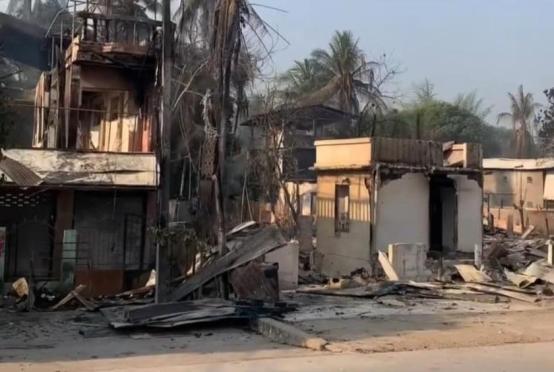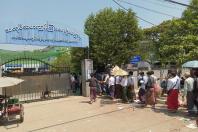
Yangon--Though the number of new HIV transmission has declined by more than double in 18 years, the HIV transmission rate among the risk group remains high, according to the figures from the ministry of health and sports.
In 2000, the HIV transmission rate hit a record high of around 29,000. In 2018, that number declined to over 10,000. It is found that more than 70 per cent of new cases are linked to the high-risk target group such as those who inject drugs, female sex workers, men who have sex with men etc. The ministry has prioritized the prevention and control of that group.
According to the WHO’s 2018 report, Myanmar stood 4th on the list of HIV/AIDS transmission among the 11-member SEARO countries.
In 2018, the number of people living with HIV was around 230,000, and the HIV prevalence rate was 0.57 per cent, according to the estimate by the AIDS Epidemic Model-AEM.
Between 2000 and 2017, the number of people living with HIV declined by more than double and the number reached around 227,000.
“HIV transmission rate is higher among the target group due to dangerous behaviors. It is linked to the lack of health knowledge, lack of access to HIV preventive programs, drug injection, female sex workers, men who have sex with men, inmates, migrant workers. The new transmission rate in Yangon, Kachin, Shan (north) and Sagaing is higher than that in other regions and states,” said an official of the National HIV Eradication Program.
Thanks to the increased government budget and assistance by the IMF and international social organizations in seven years, the ministry provided health care to around 40,000 out of over 200,000 people living with HIV, with ART in 2011. In 2017, over 146,000 patients got access to ART.
The ministry started the prevention of mother-to-child HIV transmission in 2010. It extended its services to 219 townships at the end of 2017. Thanks to it, the HIV transmission among pregnant mothers declined by 0.60 per cent. In a bid to reduce the risk of HIV transmission among those who inject drugs, single-use needles and syringes were distributed. At the end of 2017, the number of centers for methadone treatment reached 51.















